Choreographer Oded Ronen began his work with the ballet theater of the city of Ulm in Germany, at the height of the war, while volunteering daily at the HML of the Arms Brothers. The contract with the German theater was signed a year earlier, but Ronen was clear that the experiences from the HML, and the meeting His with the families of the kidnapped and missing, will be at the heart of the new work. “There was no chance,” he says in an interview with “Davar,” “that I would create something abstract.”
As an artist, he felt obliged to offer a ray of light in great darkness. “Human beings are different from each other,” he says, “but we all have a base of vulnerability and pain. Part of my responsibility as an artist is to make amends. Permanent amends in the world. I will not bring the great darkness without showing the way out of it, even if it is a thin ray of light Very much. If you succeed in non-verbal art, like dance, like photography, like music, in reaching the raw feeling of the viewer, you also succeed in reaching his soul, and there you can offer a balm.”
Those involved knew what he was up to in Israel, and the work with the international troupe, a troupe of ten dancers, began with a bang. It was agreed that you would deal with the issue of identity. “The theater trusted me that the work would not be political, anti-Palestinian. It was a brave decision on their part.” At the end of the road, the show “The Missing” took to the stage far from Israel, which has been presented in Germany ten times already in front of packed halls.
“In high school I was introduced to dance and fell in love”
Ronan, an independent choreographer, a resident of Jaffa, works with a troupe in Israel within the Choreographers Association, and also with troupes around the world. He teaches adults and teenagers dance. “In my youth I studied composition and singing of classical music,” he says. “I studied in urban high school 1st in Tel Aviv, and there I was introduced to dance and fell in love. I started dancing during my military service.”
Oded Ronen “My works deal with the empowering side of the experience, without sweeping under the carpet the dark side of it” (Photo: Maor Hoiman)
Later he moved to England and lived there for three years, studied at three academies, and from there, as he says, he was involved in bands all over the world. Since 2013, his base is in Israel, and he travels for weeks or months to different places in the world, forming local bands there and putting on shows with them.
“Even when I was a student in England, my works dealt with the disintegration of the peace process in Israel. Then there was a period in Israel when my works were a little more abstract. In recent years, I have been dealing with fear and trauma in my works, and re-defining them from a place of strength, positivity and choice. To look at the empowering side of the experience , without sweeping the dark side of it under the carpet.”
“Sometimes we had to deliver terrible news”
October 7 was a breaking point, one that drains everything to it. “On the morning of October 7, I experienced a total collapse of everything I thought was left of the country. Despite the coup d’état, there was some kind of consensus that if something bad happened to you, there would always be someone there within ten minutes. There is no forgiveness for what happened on October 7. For 18 hours I saw Kushmaro’s interviews with the people who hid in the houses, and it was a complete shock. Helplessness. Two years ago, during the ‘Guardian of the Walls’, Jaffa was destroyed. I wasn’t clear what would happen this time, so on Saturday I didn’t leave the house. The next day I went to volunteer folding diapers, and on Monday I had already arrived at the expo, and from there it unfolded.”
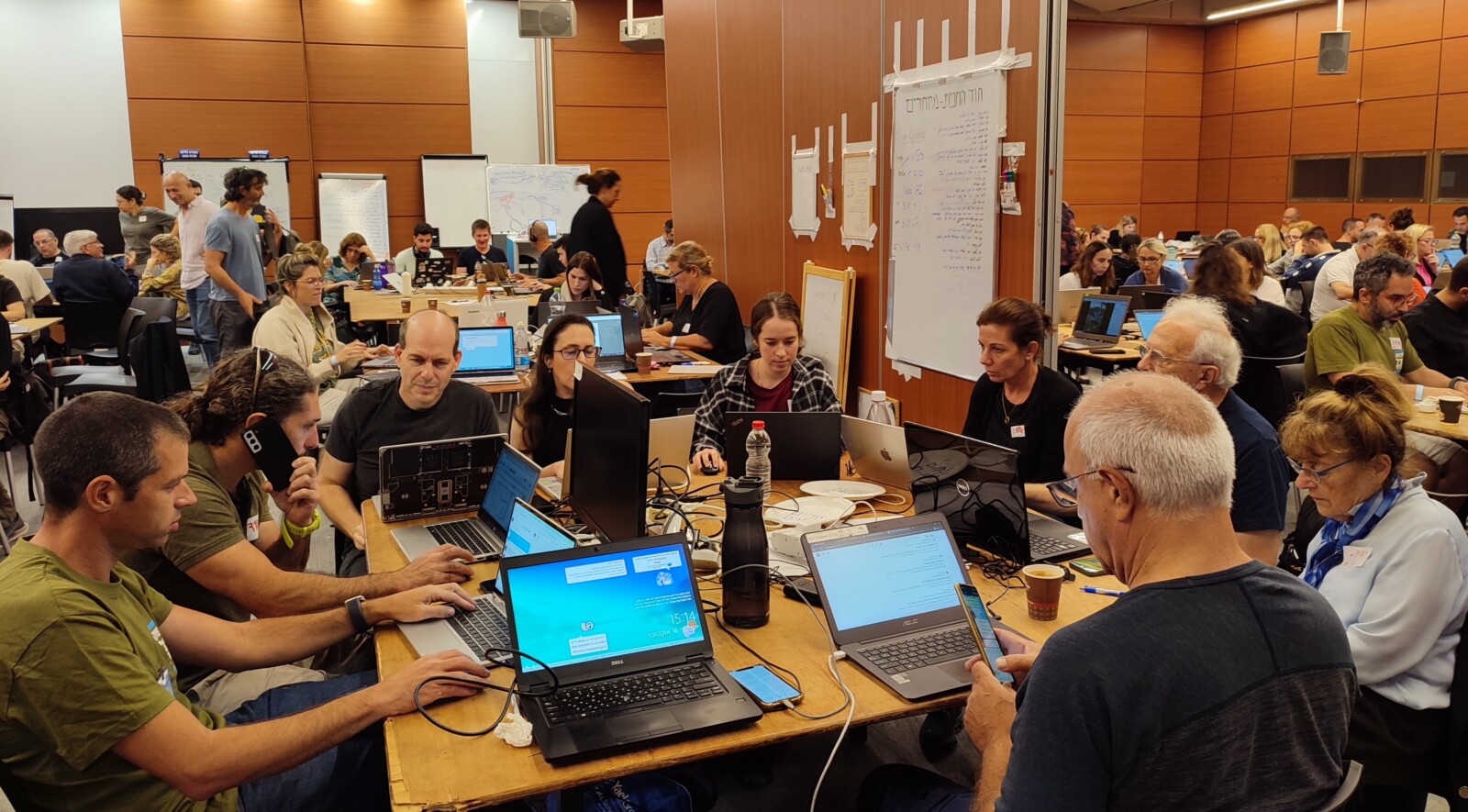
“Families came to us that no one came to for two weeks” (Photo: Oded Ronan)
A book about the establishment of the HML of the Absent Ones.
“I joined the establishment team of the HML. Dozens of people arrived every day, until the HML numbered about 500 people. I recruited people from the dance community, from the community of drummers and megaphonists of the protest, I spread messages everywhere.”
What was the work like in HML?
“There were endless lists of people who we knew were in Nova or Otef and we didn’t know what happened to them. They all started with missing status, and we had to figure out who was alive and posted something on the networks; who was alive but in a catatonic state at home and didn’t post anything; who is still wounded in the field and hiding in the bushes and it’s still possible to rescue him; who is kidnapped and there is eyewitness testimony or video documentation of him; who has not yet been identified in the Shura camp; who has not arrived at the Shura but is still missing and does that mean he was kidnapped; who is in the hospitals. There was a huge array.”
And what was your role?
“My team, a special cases team, named several dozen people in whose case there was something unclear.”
Like what?
“For example, reports that someone is alive even when we know that he is dead or vice versa; reports that someone is missing and we know that he was kidnapped or vice versa; four people with the same name, two of whom were reported to have died and two of whom were reported to be alive; a child who we have evidence of who was kidnapped and was with his sister and his father , do we also define them as abductees (the Calderon family); the Brodetz family – we had no photographic evidence that the mother, the three children and Abigail Idan were kidnapped, so what do we do? Let it go? Fight for it? So we fought for it, until the five of them were elevated to the rank of abductee , and five of them were returned in the deal.”
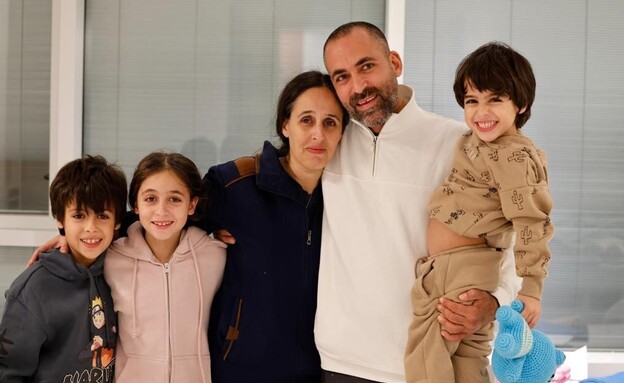
The Brodetz family. “We had no photographic evidence that the mother, the three children and Abigail Idan were kidnapped, so what do we do? Let it go? Fight for it? So we fought for it” (Photo: Schneider Medical Center)
In the first weeks of the war, Ronan was at HML from morning until night. “Families arrived at HML that no one came to for two weeks. The boy went to Nova, and no one told them what happened to him. They knew we were functioning, and they came. Sometimes we had to tell them Terrible news”.
During the HML activity, he demonstrated with the families of the abductees in front of the Kriya base in Tel Aviv. “It was most important to me to be there with the people whose relatives are abducted or missing. I realized that physical presence is everything. You don’t have to say anything. There is nothing to say. what will you say No need to shout. You can be with a megaphone or a drum and make noise, or you can just be. It does everything.”
On the 11th day of the war, HML experienced a crisis: “We were looking for someone who was in Nova and found out that he died. It was a fracture. A psychologist who accompanied us said that the knowledge that we were looking for him, and that the families are not alone, even if we are strangers, the fact that we changed the world, is everything for them. What sets trauma to a catatonic and irreversible state is not what happened, but the loneliness within what happened. Our presence there is what will allow us to recover and move on in life.”
“You are at your breaking point, then instead of being sealed, you open up”
Ronan speaks quietly, sensitively, it is evident that he is trying not to break down and cry. But when he tells about the Kapshiter family (who were slaughtered on their way back home from camping on the beach of Ashkelon), he barely manages to express himself: “They found the bodies of the parents, but they didn’t find the children. We were on this case very strongly, and then they found the child dead. There was always hope That the children will survive, be adopted, experience the rehabilitation from the trauma, and who knows what they will grow into? Who knows if 40 years from now these children will lead the country? But the child was found dead and a little later his sister too. It’s the end of the world.”
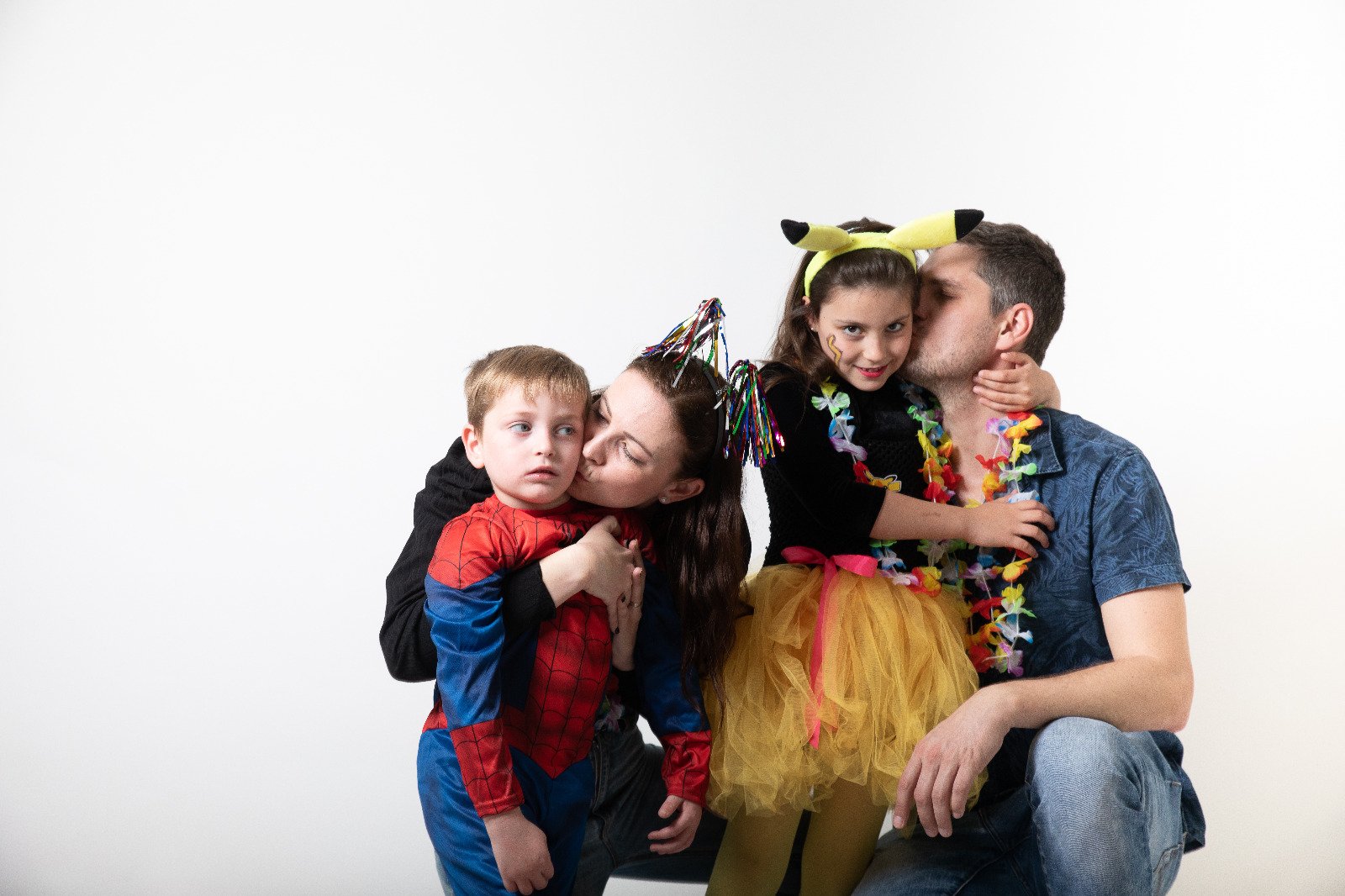
The Capshitter family. “There was always hope that the children would survive, be adopted, experience the rehabilitation from the trauma. But the child was found dead and a little later so was his sister. It’s the end of the world” (Photo: from social networks, use according to section 27a of the copyright law)
But precisely at this moment, according to him, the true power of life is revealed. “You are at your breaking point, and instead of being sealed off, you open up. There is someone who needs more, who suffers more, and who can be saved. You are surrounded by a lot of people who are like that, and who are doing the same process with their soul. It is so special. So mighty. This is human hope instead One. That’s what I wanted to bring out. The point where you’re about to break, and you open up.”
On the one month anniversary of the war, Ronen directed the main memorial ceremony, held at the Culture Hall, with the participation of the Philharmonic Orchestra, artists and bereaved families. “During the breaks I would run home to do a zoom rehearsal with the dancers in Germany, and in between there were also alarms. It was difficult with new dancers I didn’t know, but I did what I could.”
“I constantly had to pick at the wound”
In December and January he started working with the band in Germany. “The two basic qualities that I wanted to express in the piece were fragility, without strong movements; and a durable and invisible mental center. These are, in my opinion, the qualities that characterized every person who was in HML.”
The turning point in the creative process with the dancers was the kidnap deal. “A week or two after we started working, the abductees started coming back,” he recounts, choked with tears. “I revealed to the dancers what I had been through. Each beat included people that we worked to find. The communication with the HML in Israel and with my team was very exciting, and this had to go into the work with the dancers. We didn’t know each other deeply, they had to trust me, and they did. It was a special moment. I was exposed to them. The children we elevated to the status of abductees have returned. It had to come into our work. Everything is done together with the dancers.”
The piece was accompanied by Ronen Kozukro, an Israeli musician from London: “He creates electronic music. He started building very long improvisations with the dancers. He fed them and they fed him. The definition was very general.”
And you?
“I gave the dancers hundreds of notes, and I told them there were four stations: alive, dead, wounded and kidnapped. I let things happen on stage. The dancers were simply brilliant. We did seven such improvisations, I photographed them, sampled them, we reproduced them and put together the puzzle that is the final piece” .
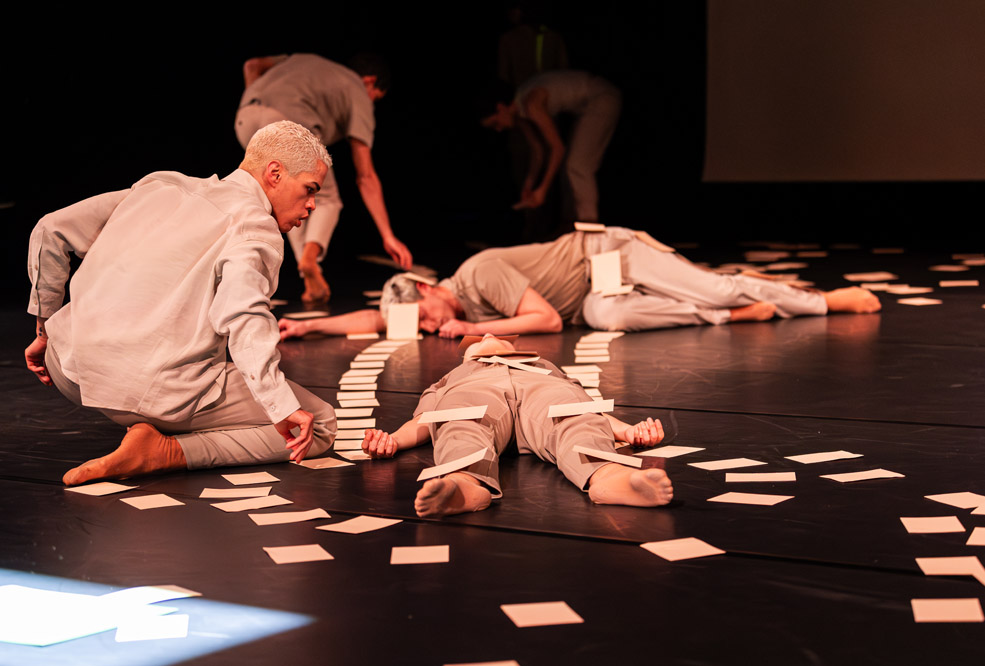
From the dance show “The Missing” (Photo: Sylvain Guillot)
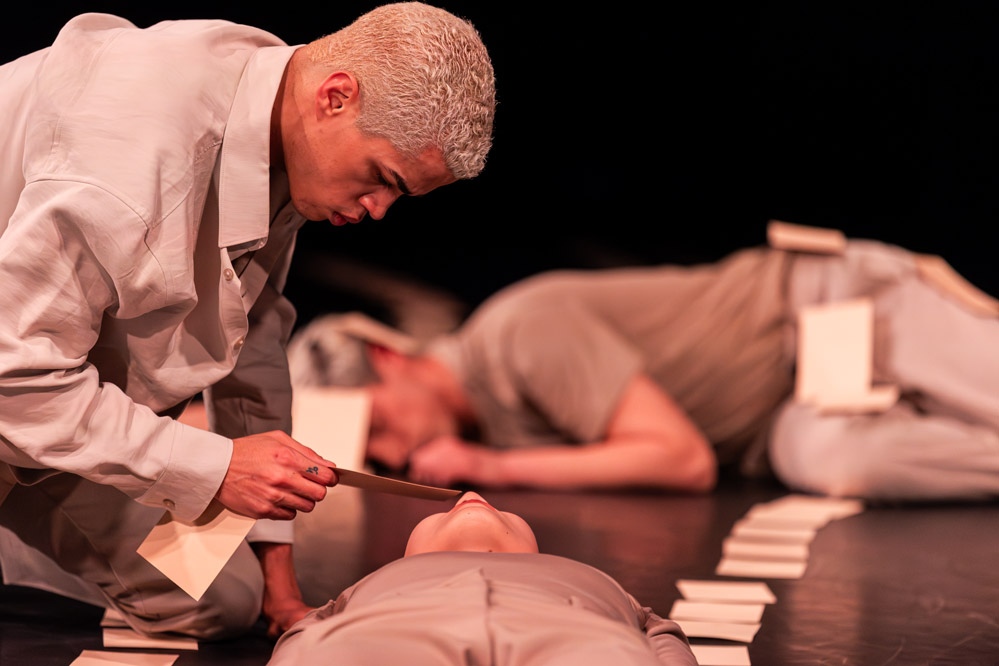
(Photo: Sylvain Guillot)
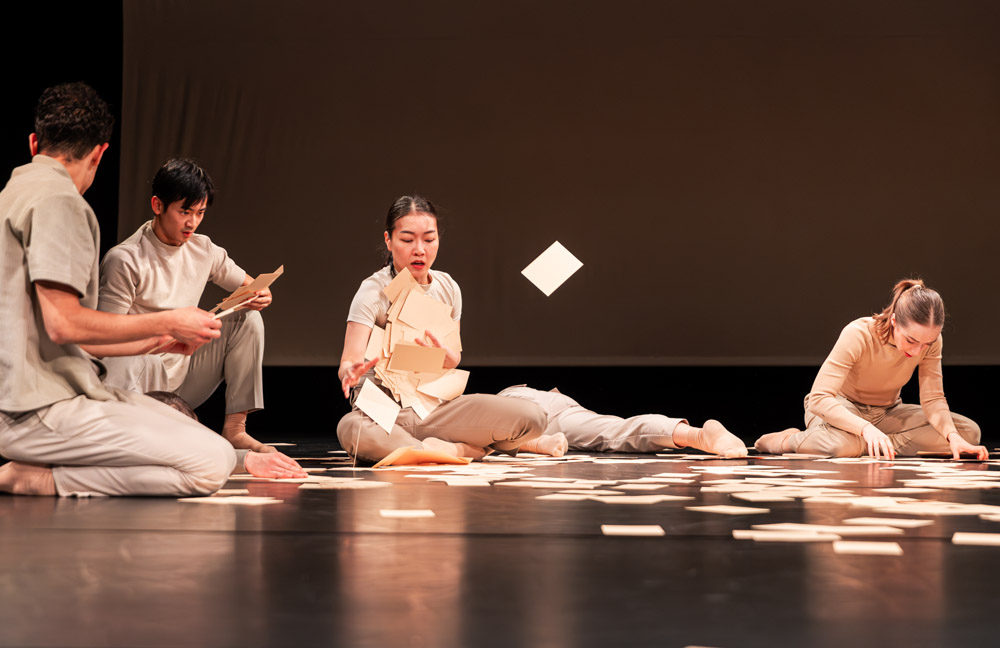
(Photo: Sylvain Guillot)
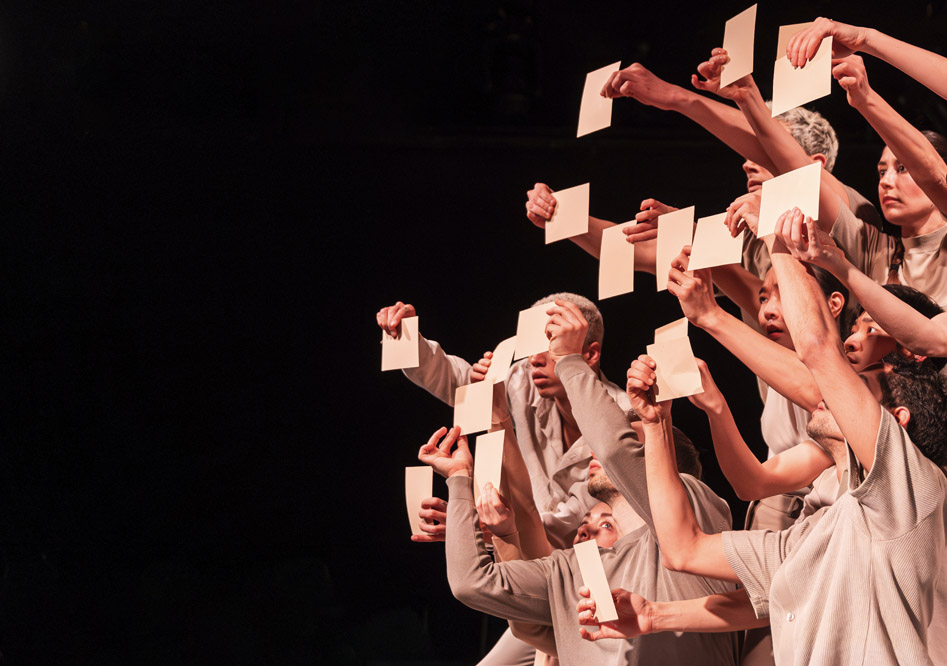
(Photo: Sylvain Guillot)
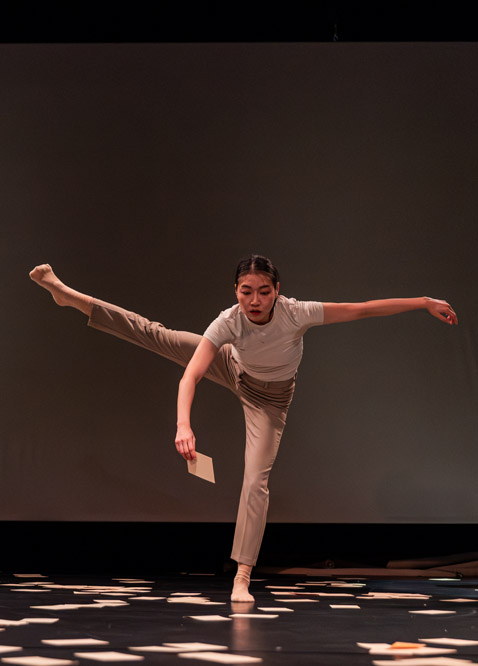
(Photo: Sylvain Guillot)
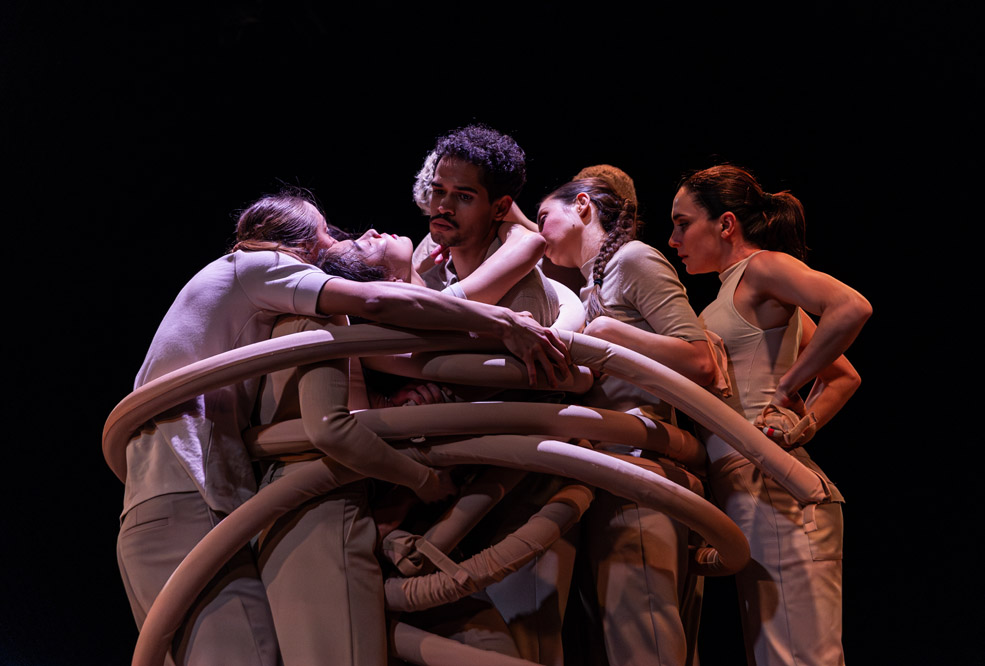
(Photo: Sylvain Guillot)
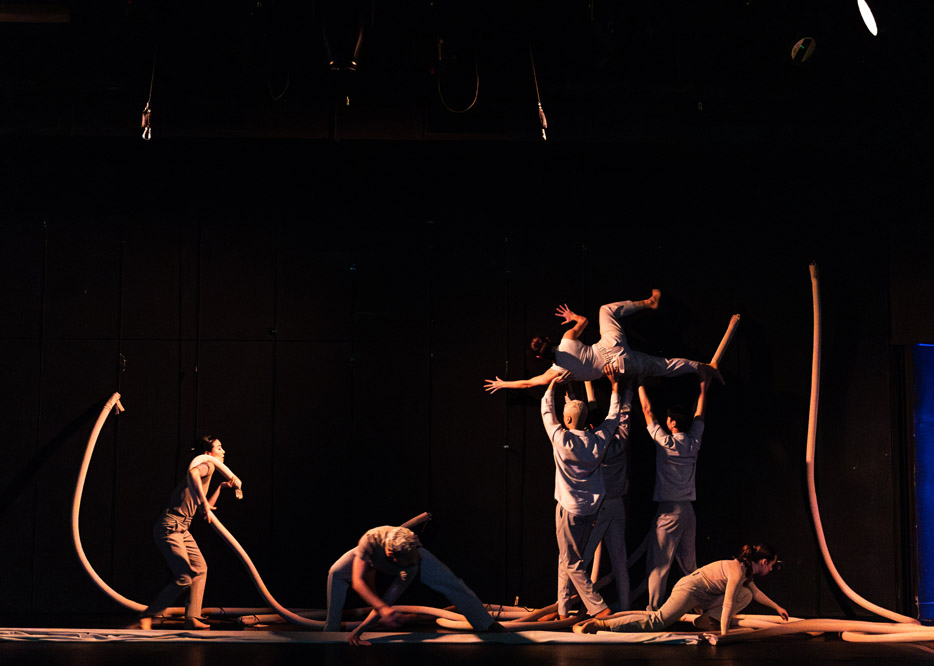
(Photo: Sylvain Guillot)
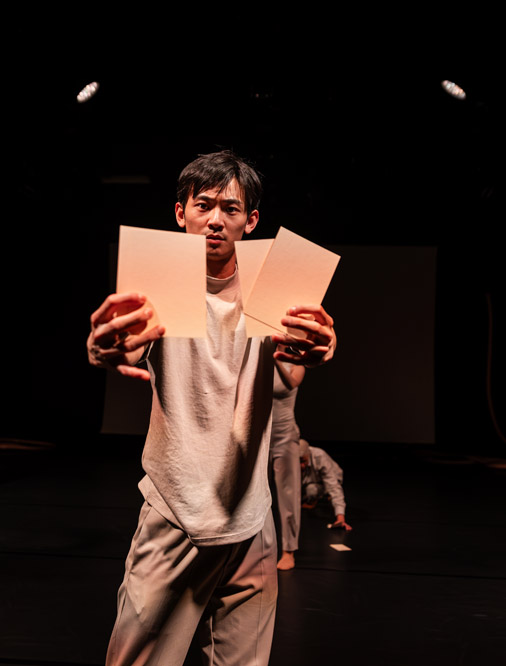
(Photo: Sylvain Guillot)
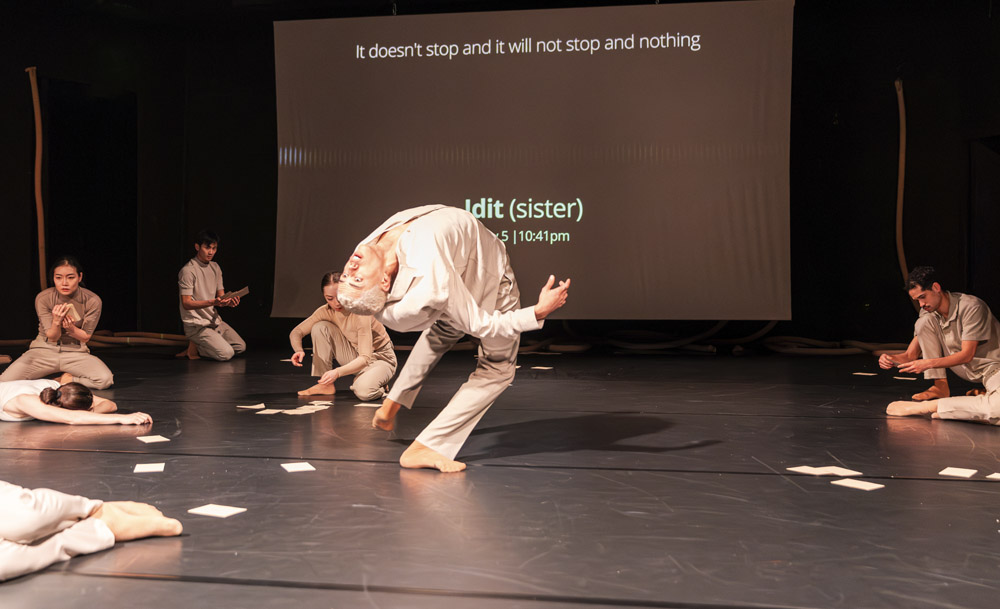
(Photo: Sylvain Guillot)
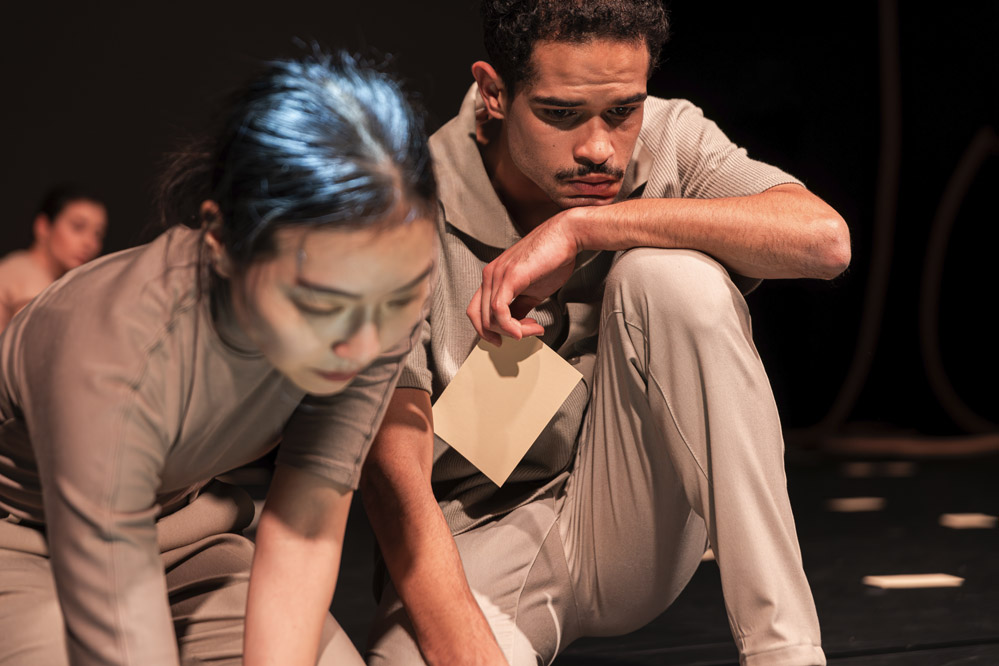
(Photo: Sylvain Guillot)
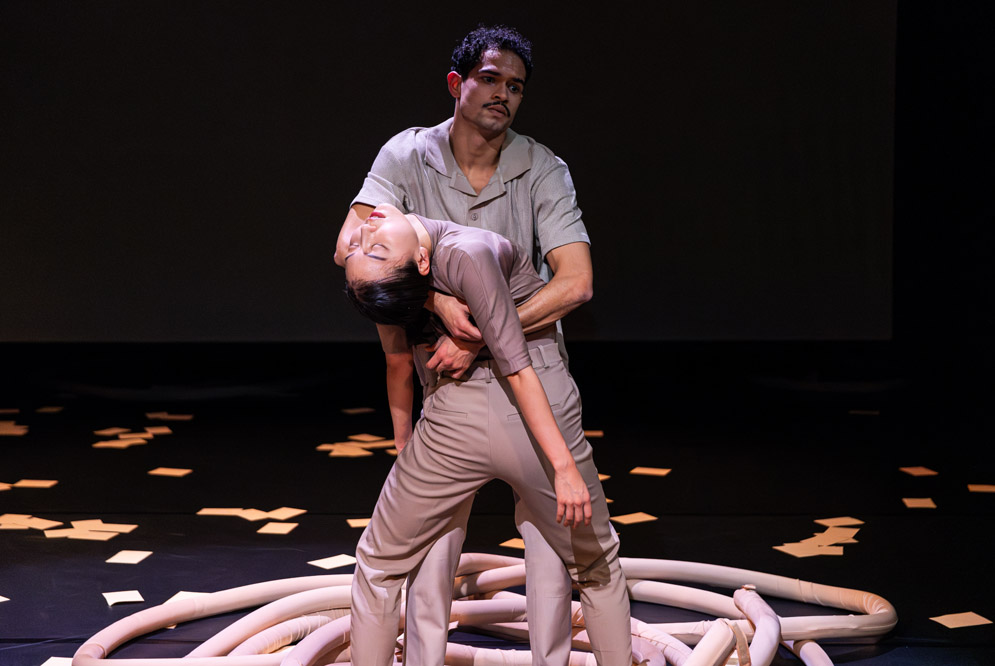
(Photo: Sylvain Guillot)
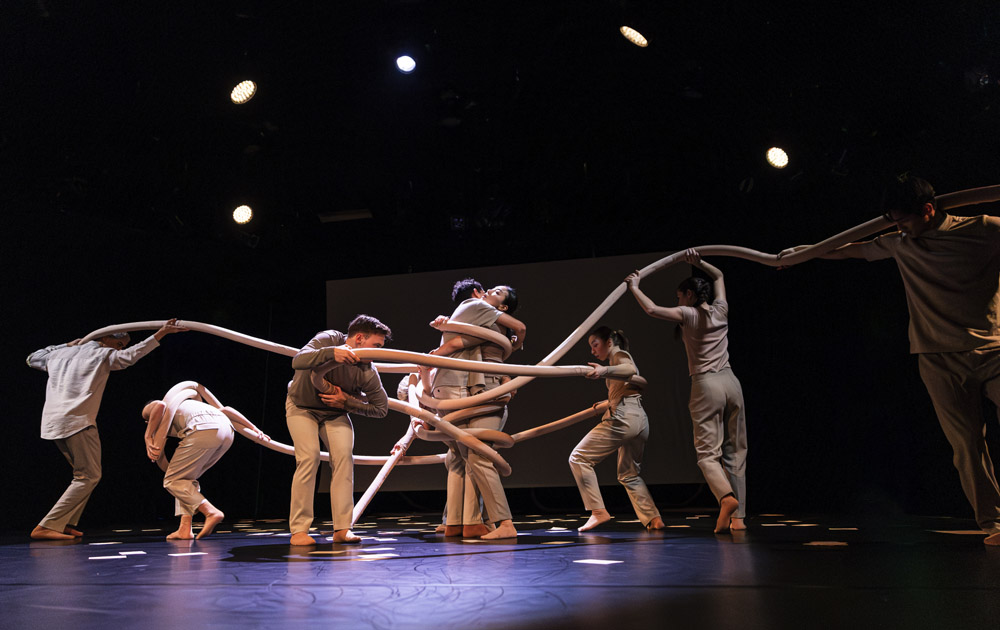
(Photo: Sylvain Guillot)
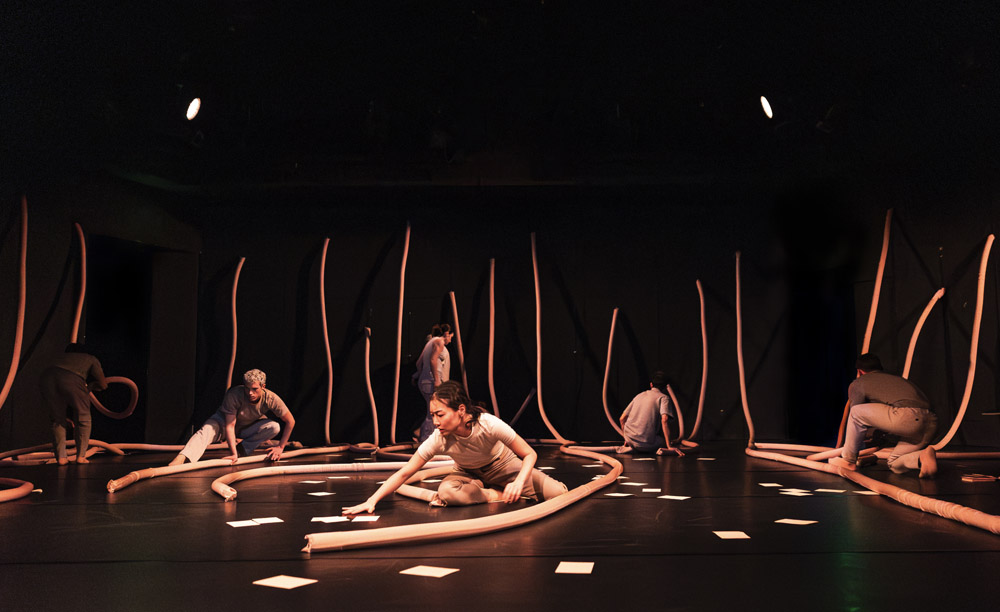
(Photo: Sylvain Guillot)
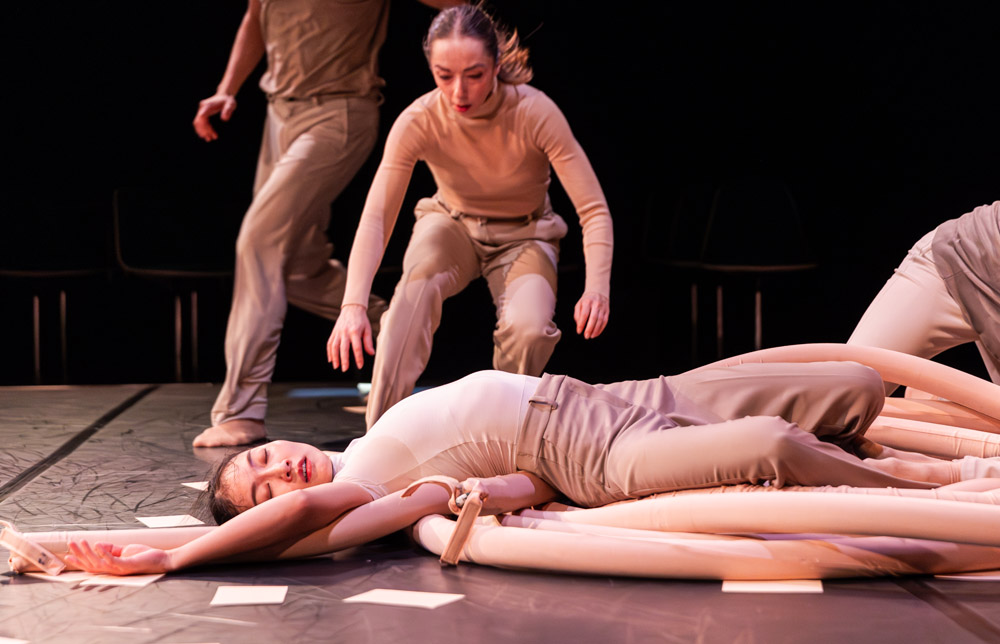
(Photo: Sylvain Guillot)
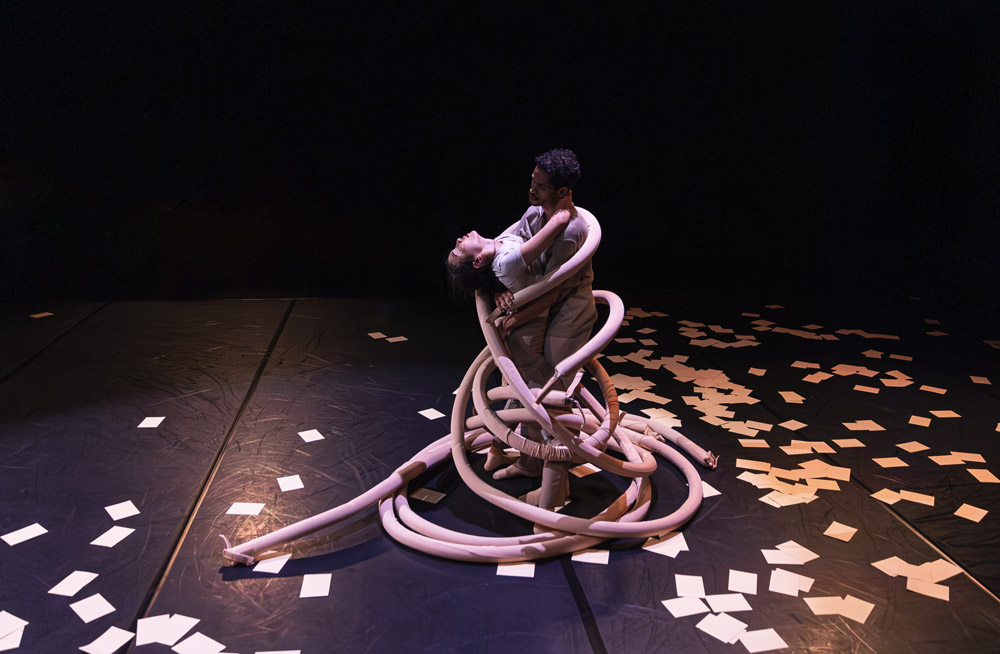
(Photo: Sylvain Guillot)
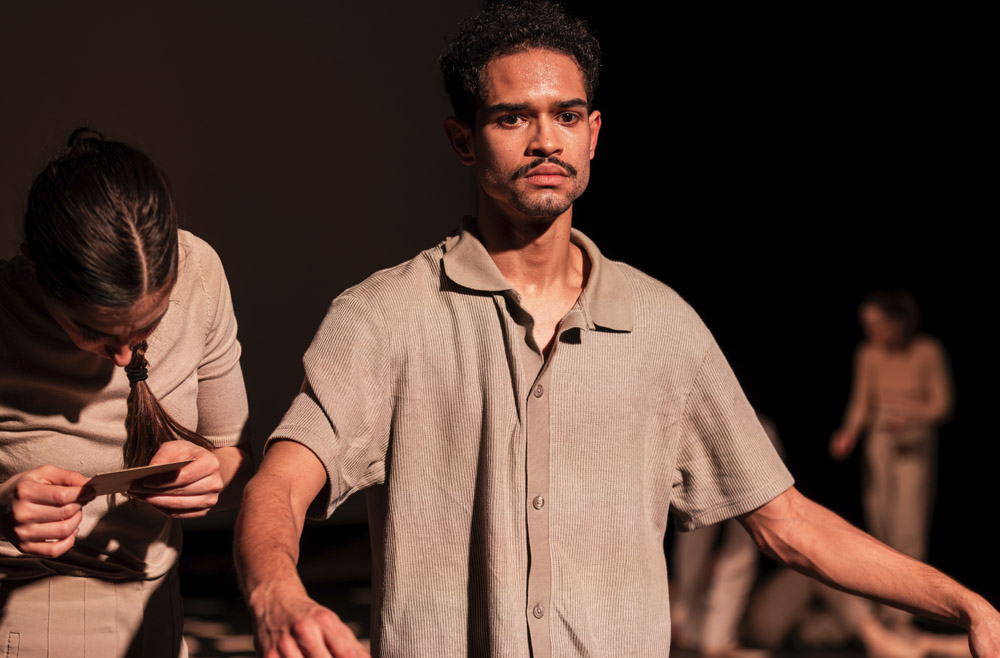
(Photo: Sylvain Guillot)
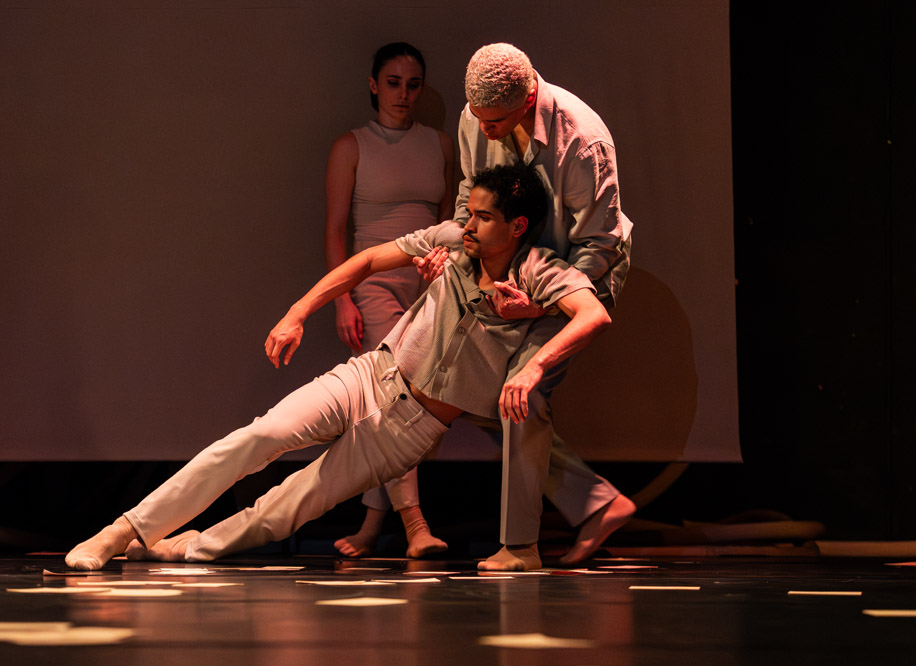
(Photo: Sylvain Guillot)
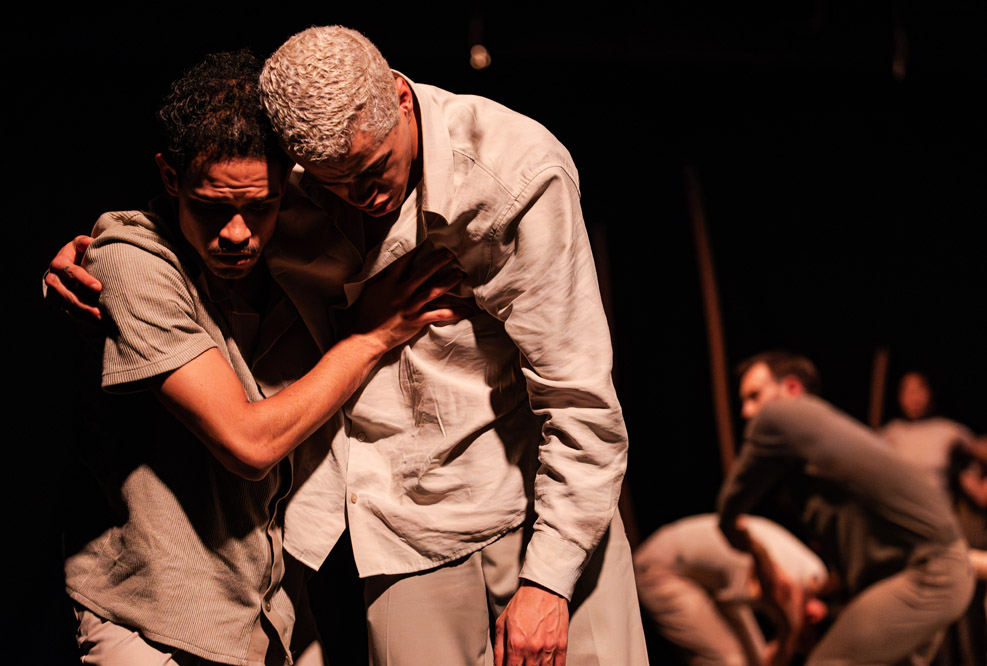
From the show. “The two basic qualities that I wanted to express in the piece were fragility, without strong movements; and a durable and invisible mental center. These are, in my opinion, the qualities that characterized every person who was in HML” (Photo: Sylvain Guillot)
The show opens in the animation segment They are Us which explains what happened in Nova. “In the HML, we understood what happened, but the world didn’t, and I wanted the world to know in a minute and a half.” Later in the show, excerpts from News 12, excerpts of Ronen’s conversations with family members and survivors from the HML are integrated into the show. “The whole time I had to pick at the wound, but I had to get out of it one well-packaged package that would work emotionally with an audience that doesn’t know much about it.”
It is difficult to convey a human message without touching on politics. Did the team cooperate?
“The dancers were afraid of what we were doing. Reports began to reach them about the catastrophic situation in Gaza. I had to neutralize this opposition. The show’s set and costume designer also objected. It annoyed and hurt me personally at that moment, but later I understood the nature of the opposition and was able to respond to it in the piece. That is why the work does not arouse objection. It does not talk about the war. It talks about the mutual brotherhood of a person to a person he does not know. A person to a person’s back. That is what the work is about. It can happen in any country, in a non-war event. In this case it happened here, and not in this case Built on the Israeli DNA, which is its beauty. The work is finished, and it is out of my hands, and now it is in the hands of the dancers. How much depth will they bring in the moment of truth, and if they are willing to expose themselves to these feelings that I described, because less than that it will not work.” .
How did the audience react?
“The reviews were favorable, all the shows were sold out. There was no opposition, so I felt that the goal was achieved. Americans who saw the show said that this was the feeling in New York after the Twin Disasters. It’s flattering because I don’t want to be told ‘Israel, Israel.’ I want them to say ‘mutual brotherhood, it reminds me of another event’. It means they identify. The show has already been staged ten times in Germany, and there are talks to stage it in other places.”
also in Israel?
“I really want to, but of course after the war is over. There are contacts and there is an intention. We understand that there is something here that deals with the events in an indirect way. We are in a very sensitive period, and frontal angles do not work. They only lead to conflicts and arguments. There is something in non-verbal art – dance, animation , video and music, which manages to reach the soul not through consciousness.”
“Beauty that grows as a counterpoint to horror”
Ronen emphasizes that he did not create to help Israeli advocacy efforts, but often talks about the sentiment that only Israelis can understand, and that can only be created here. “There was a similarity between all the people who were in HML. Everyone who went out into the street, drove, packed, picked – it’s huge, doesn’t exist anywhere else. People who got on planes from a trip after an army in South America and came to fight in Gaza, this is our story.
“When great darkness comes, to get up and go out and do, it’s counterintuitive. It’s beauty that grows as a counterpoint to horror. In countries like Finland or Switzerland you won’t see it. When you’re not dealing with the horrors of the world, with massacre, with murder, with kidnappings, you’re not required to take out the The card of ‘there is another world’, there is another, deep truth. I wish for the day when we don’t need it.
“I want people here and all over the world to be exposed to the human brotherhood that exists here, as a sentiment of the depth of Israeliness. I want to try to redefine our national trauma. It’s a huge goal, I’m too small to do it alone. But I know that people who saw the show, including families of abductees, It will limit the trauma for them anew. There are HML, there are people who create around the event, there are dancers from around the world who are not connected to Israel and experience it deeply and bring it out, there is something greater here than their experience of loneliness. This is important to me because we are at a critical point mentally. If we don’t deal with the demarcation of this trauma as something empowering and positive, we may fall for decades. I think it helps me too.”
“In the demonstrations, people realized that they are not paralyzed by fear“
Much of the sense of power he drew, before the war, in demonstrations against the coup d’état. “I felt that I was not just a small citizen, threatened and helpless, but that I could stand. During the demonstrations, people realized that they were not paralyzed by fear, and that they were capable of doing something – going out into the streets, holding a sign, then holding a musical instrument, shouting, singing, going down to the Ayalon, setting fire and saying ‘No’ without fearing violence from a policeman, a horse, a trampling or political elements. The coup made us develop a backbone.”
These feelings, and the reality they created, saved the country in his opinion. “The ability to stand and demonstrate is the same ability to get to a collection point and pack equipment, or to get to HML and look for missing people, and get to orchards and pick, and rescue dogs that were left behind and drive soldiers to the south when there is no public transportation. People mobilized immediately, and it was the most beautiful thing in the world, to see a country built from the bottom up, when everything above does not exist.”
#abducted #missing #persons #ballet #performance #Germany
2024-04-07 08:26:13







